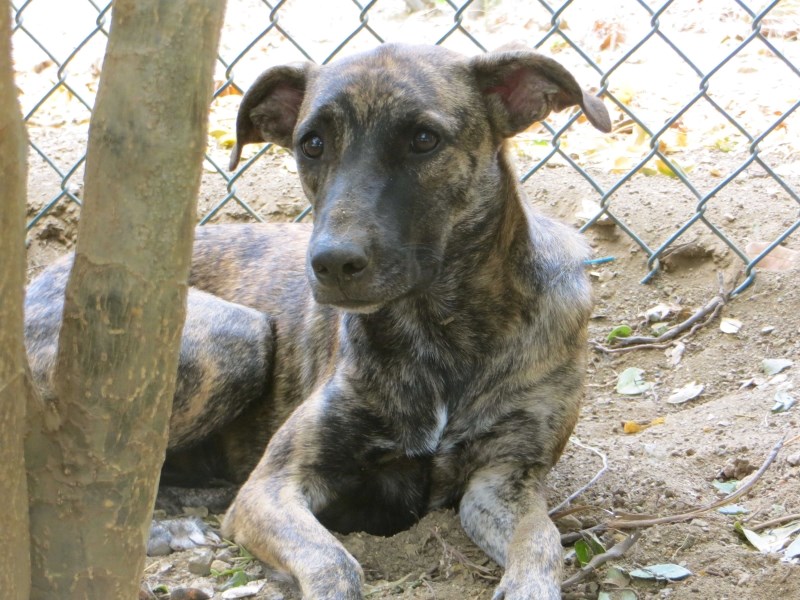Dr. Judith Samson-French, veterinarian at Banded Peak Veterinary Hospital, recently returned from the Caribbean island of Curacao where she was taking a closer look at the overpopulation of street dogs on the island.
Samson-French spent 12 days on the island, visiting pet shops, resorts, dog and dolphin trainers and local vets — all in an attempt to come up with a way of reducing the amount of unwanted dogs.
Samson-French is no stranger to battling the overpopulation of unwanted dogs — she’s the mastermind and veterinarian behind Dogs with No Names (DWNN), an innovative project aimed at reducing the population of no-name dogs in the First Nations communities of Tsuu T’ina and Eden Valley.
The project uses a contraceptive implant that is humanely inserted beneath the skin of a female dog.
But her trip to the island left her wide-eyed at the variety of different challenges presented by the street dogs.
“I learned that one set of solutions is not going to apply to every situation,” said Samson-French. “We need to look at different answers if we’re going to make a sustainable change.”
Curacao, which has a population of about 150,000, is home to about 90,000 street dogs. Unlike in North America, the dogs on the island are used primarily for protection not companionship, said Samson-French. If they can’t perform their duty, they are then released.
The condition of the dogs was another surprise, she said. For the most part, the canines within First Nations communities are healthy, in good body condition and are not afraid of people. Street dogs, on the other hand, are severely debilitated and fearful of humans, she said. She described these dogs as extremely underweight and malnourished, and often suffering from a multitude of diseases.
“But I learned these dogs are extremely resilient,” she said. “If you give them a chance — they can make it.”
The poor condition of the dogs will affect the timeline for the pilot project, she said. If the initiative goes ahead, dogs will have to be treated for disease and brought to a suitable body condition before the implants could be inserted.
Samson-French said stakeholders for the project would be meeting to discuss the implementation of the population-reduction initiative in the near future.
If the project goes ahead, she anticipates it beginning in spring 2014.
“Before anything moves forward, there needs to be a dog registry in place,” she said, adding the island has no form of tracking the dogs. “We can’t predict what’s working without a registry. We can’t make a difference.”
Of course, Samson-French couldn’t leave the island without making an impact. While there, she worked with one resort to combat the feral cat problem. Dubbed TNR, the initiative traps the cats, neuters/spays the felines and releases them.
It’s up to volunteers in the community to follow up with the cats.
Samson-French has also just released her second book, titled 39 Ways To Not Kill Your Best Friend: Tales of Caution for Dogs Lovers. It can be purchased in Cochrane at Bentleys Books.
For additional information on DWNN and the organization’s various undertakings, visit dogswithnonames.com.



